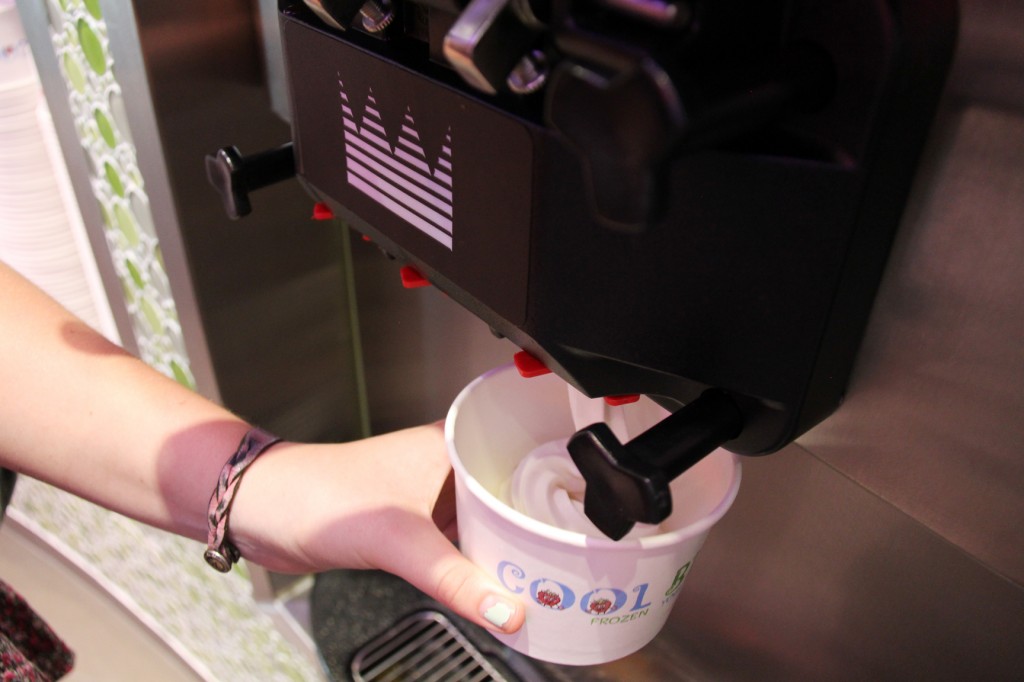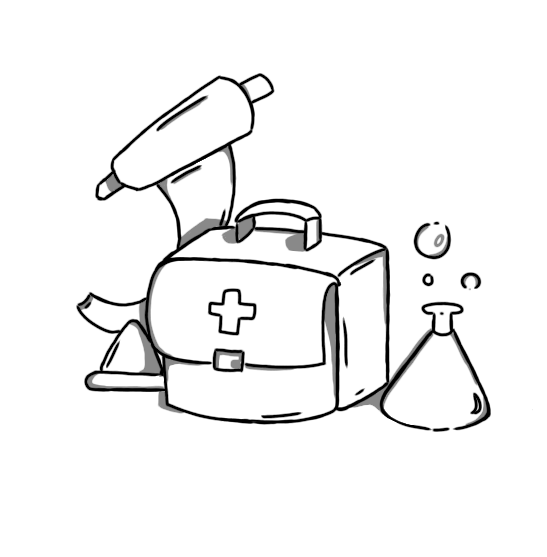Frozen yogurt shops are sweeping the nation, replacing ice cream parlors that have been around for centuries. A major reason for the higher demand of frozen yogurt is the reputation of being a healthier option compared to ice cream, the popular counterpart.
The majority of customers in the frozen yogurt industry are females who believe it’s healthier.
Cool Bliss is the newest self serve frozen yogurt shop in the mall. Employee Madison Osborn said, “I do think it’s healthier than ice cream but in moderation. I think the vanilla or [original] tart is healthiest with fruit.”
The serving size for frozen yogurt is only 3 ounces or 0.375 cups but many people go over and double or triple that amount. This is especially true at self-serve frozen yogurt shops where the customer has total control over the amount they get.
One cup of French vanilla frozen yogurt from Cool Bliss contains about 180 calories, 23.7 grams of sugar, 6 grams of protein, 28 grams of carbohydrates, 4.5 grams of fat, 3 grams of saturated fat and about 22 percent calcium for a 2,000 calorie diet.
Compared to one cup of French vanilla ice cream that contains 280 calories, 28 grams of sugar, 6 grams of protein, 28 grams of carbohydrates, 14 grams of total fat, 9 grams of saturated fat and about 20 percent calcium for a 2,000 calorie diet, according to Breyers Ice Cream company.
Although frozen yogurt is manufactured differently, on average the nutrition facts show that frozen yogurt does have fewer calories, sugar, total fat and saturated fat than ice cream.
Frozen yogurt also has a larger amount of calcium. However, these facts don’t include toppings, a major part of the frozen yogurt experience.
There are a lot of toppings a customer can choose from. The toppings include fruits, nuts, chocolate, candy, cereals, etc. The most popular toppings include: strawberries, low-fat granola, dark chocolate chips and Oreos. Per tablespoon, about half the serving spoon in the topping bars, strawberries totaled to 3 calories, low-fat granola to 24 calories, dark chocolate chips to 50 calories and Oreos to 71 calories.
Regular yogurts naturally include healthy probiotics, a “good” bacterium that helps with digestion, aid in nutrition absorption and offer protection from harmful bacteria.
Katherine Zeratsky, certified dietetics by the state of Minnesota and the American Dietetic Association, states “Probiotics are found in foods such as yogurt.” According to Red Mango, probiotics also help with the immune system, allergies, obesity, urinary tract and reduces lactose intolerance.
However in frozen yogurt, the probiotics are hard to receive the benefits from. “Shelf-life, manufacturing processes, stomach fluid and [particularly in the case of frozen yogurt] extreme temperatures can prevent probiotics from surviving and getting to where they can do the most benefit,” says Marshall Fong, vice president of marketing at Ganeden Biotech, Inc.
Some frozen yogurt manufacturers, such as Red Mango, are taking better strains of probiotics that can survive through the challenges other bacteria has.
Frozen yogurt stores usually offer non-dairy, gluten-free, low-carb, vegan, sugar-free, nonfat and low-fat options.
Osborn, from Cool Bliss, states: “I’m lactose-intolerant so I eat the non-dairy [options], and I also usually eat the fruit [options].”
Although not all frozen yogurt stores have special options, a majority do, which helps people with special diets like kosher or diabeties, enjoy an occasional frozen treat.













